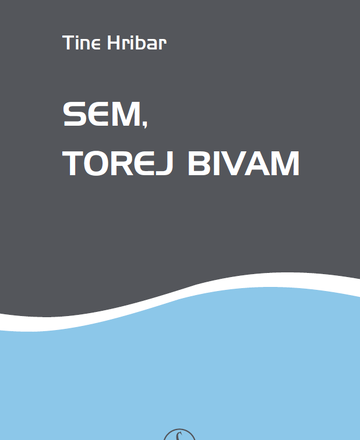
- Publisher: Slovenska matica
- 277 pages
- Original title: Sem, torej bivam
The title of the book by the academician prof. dr. Tine Hribar, I Am, therefore I Exist refers to Descartes’ claim cogito, ergo sum, also occassionally formulated by him as cogito, ergo sum sive existo: I think, therefore I am, or exist. As though being and existing were one and the same thing. But primarily, as though being and thinking were the same. Tine Hribar proposes that neither thinking and being, nor being and existing, are the same. Doing so, he starts from I AM, i.e. from my own, first person of the verb to be. When I say I AM, I cannot say this I AM if I do not think it at the same time; therefore, it is not that being and thinking were the same, but rather that thinking is always (already) contained in I AM itself. Similar goes for the relation between being and existing, or between (which in a manner of speaking is obvious at first sight) I AM and I EXIST. To put it in a parable: I am in the street does not equal I exist in the street. Thus, the difference between thinking contained in I AM and my existence conditioned by I AM, is that existence is not, like thought, contained in I AM but rather that it is only through the thinking of my own being that I also come to be aware of my existing. Being I do not only have on my conscience, but also in my conscience. I.e., in a temporal conscience that manifests itself through the state of being gone as the being of the past; through the state of being ahead as the being of the future; and through the state of being current as the being of the now or present.









 RSS
RSS
